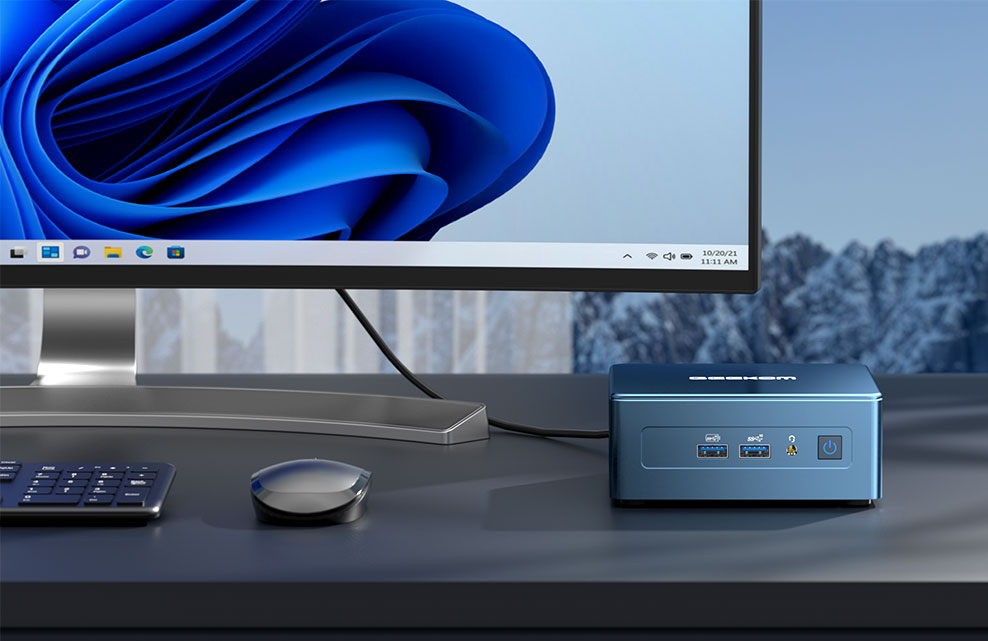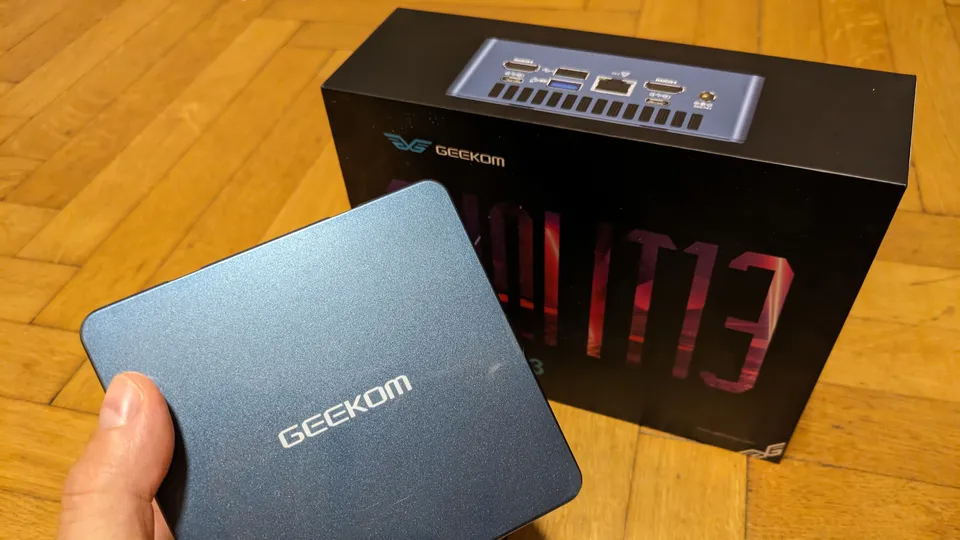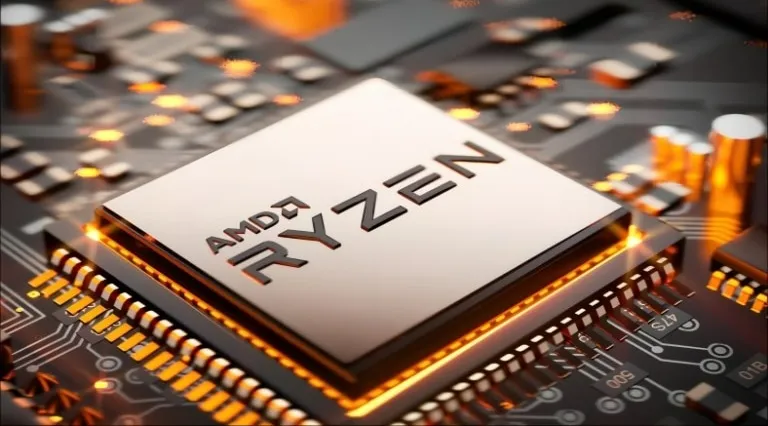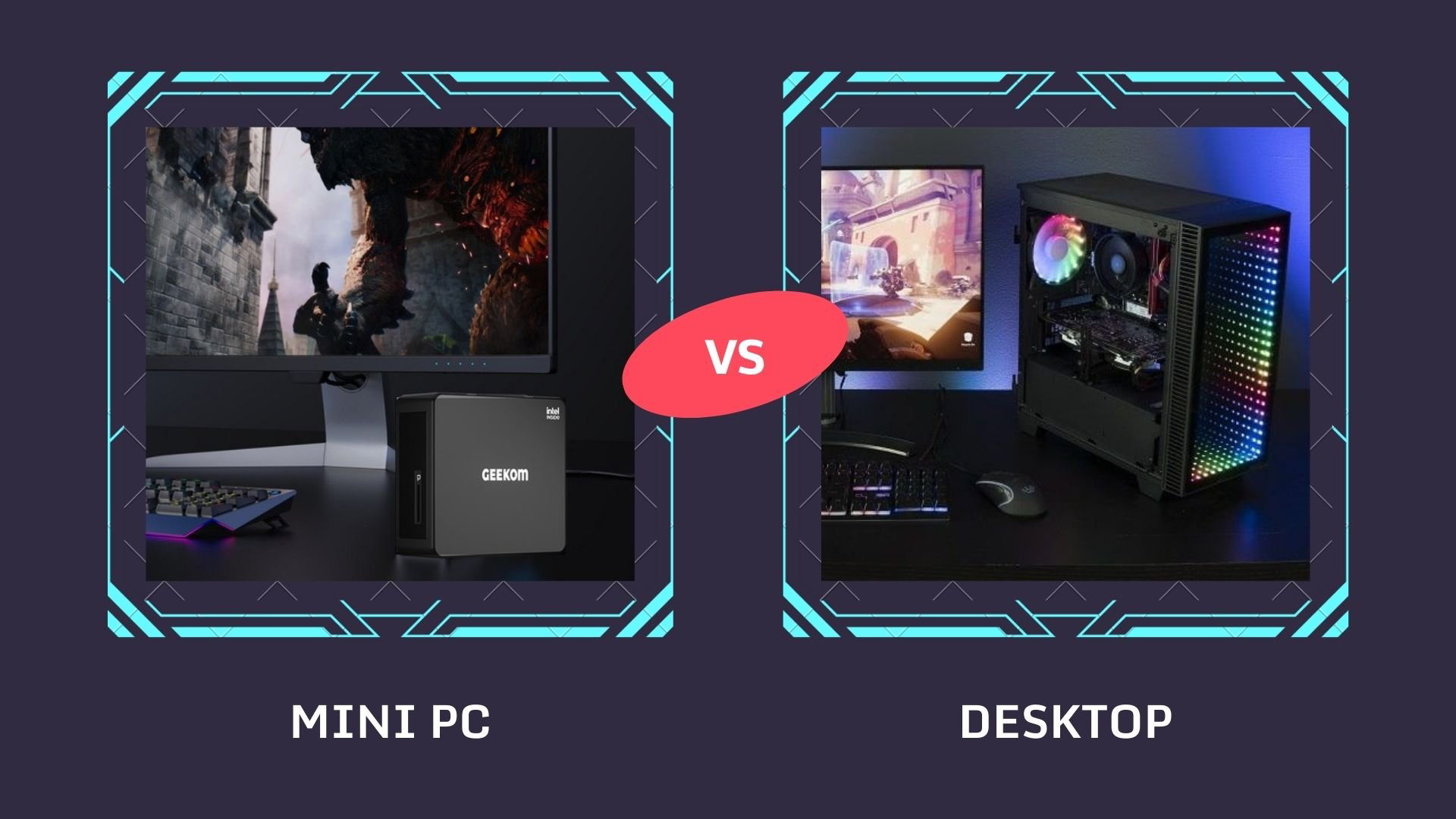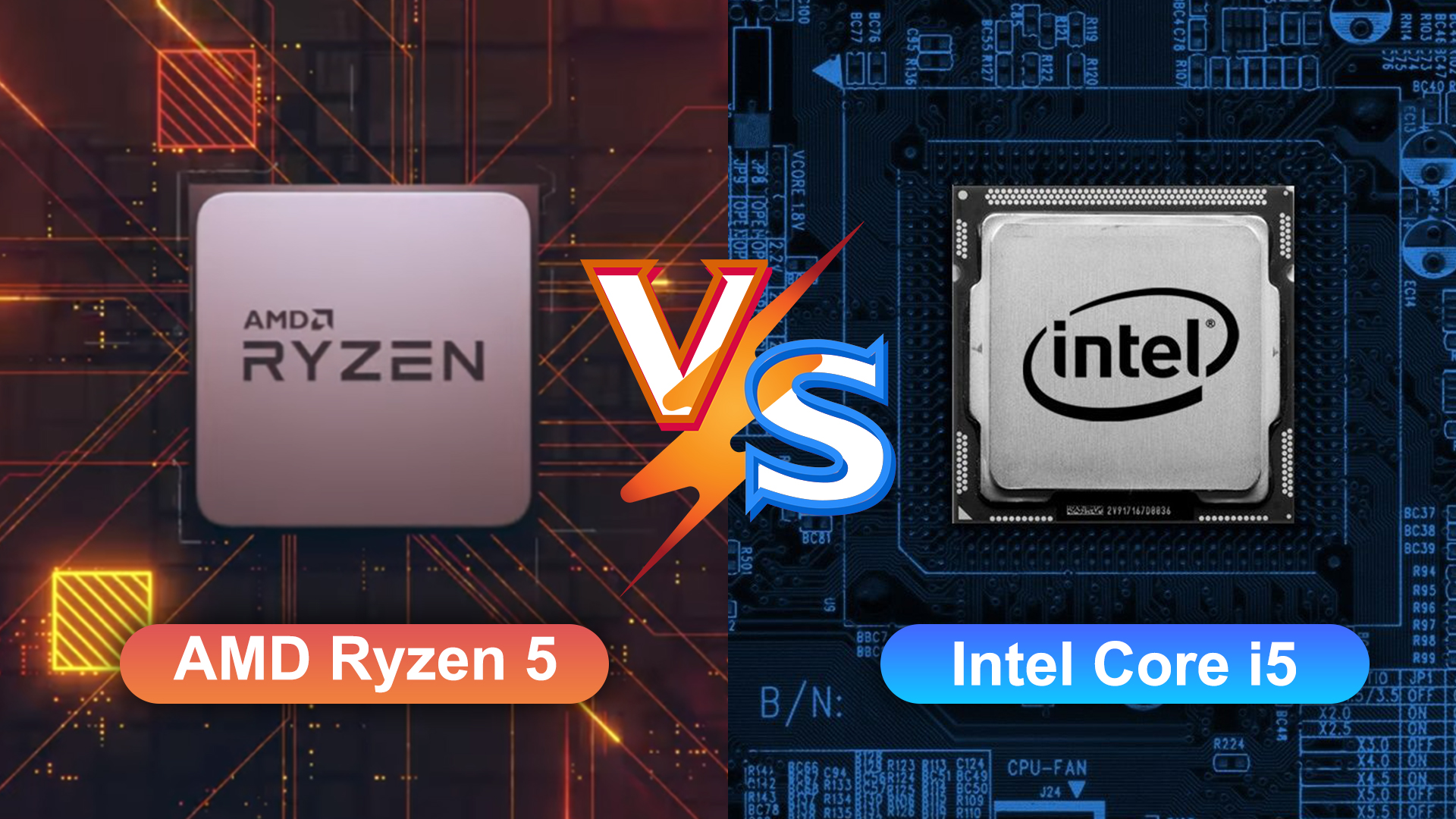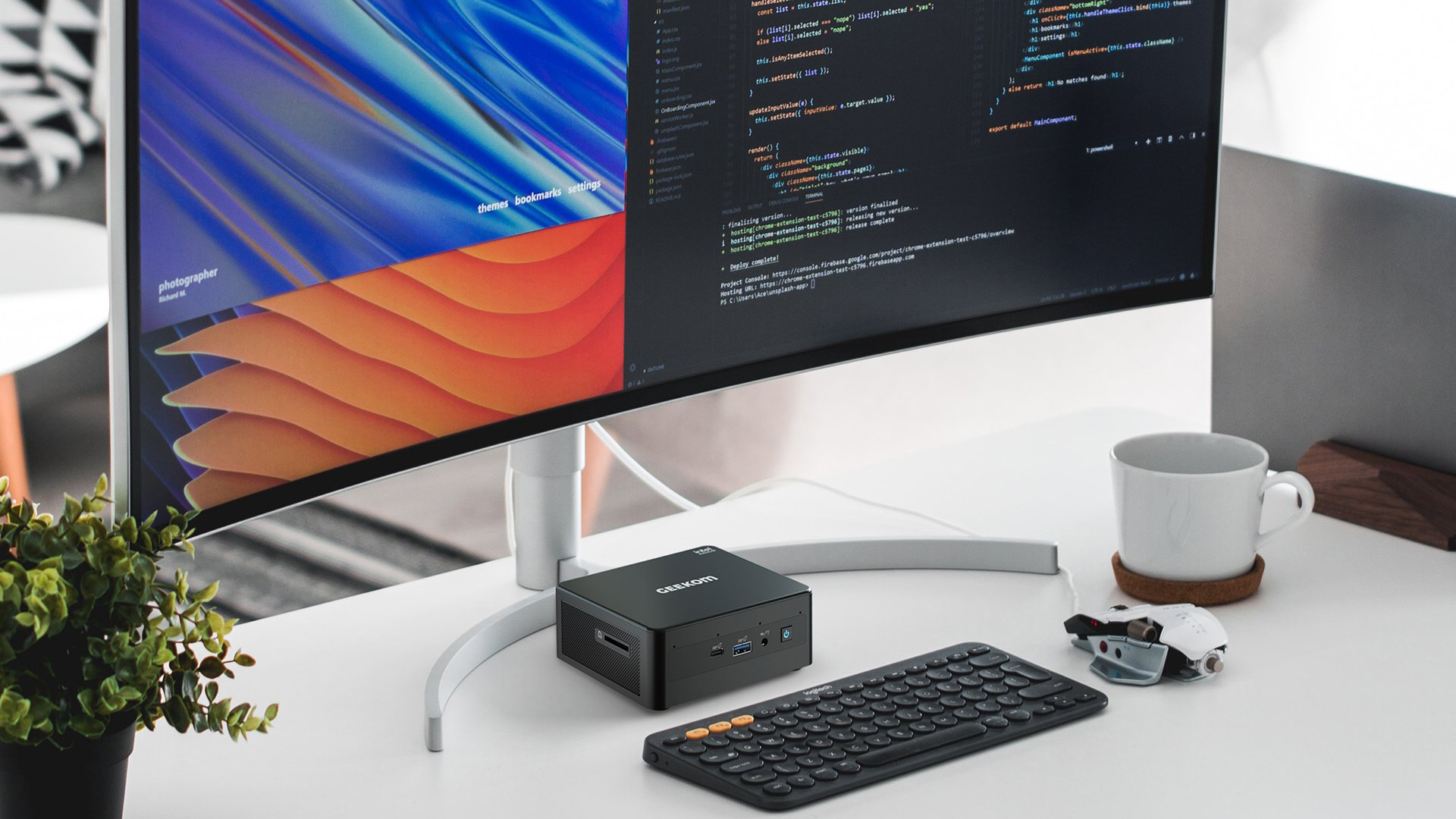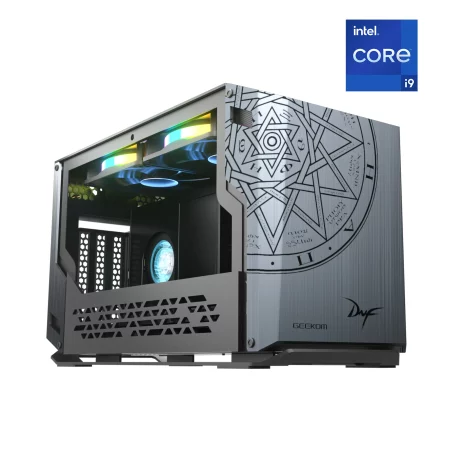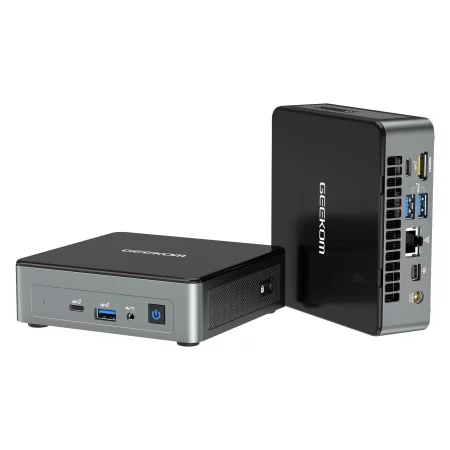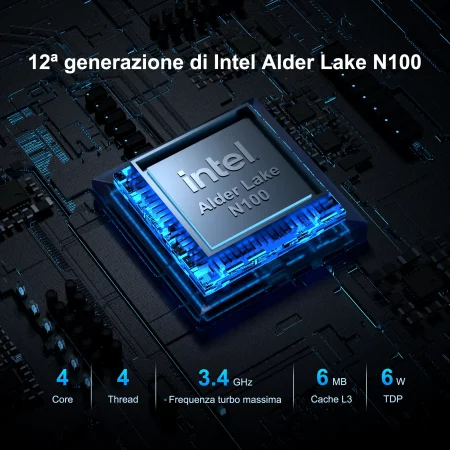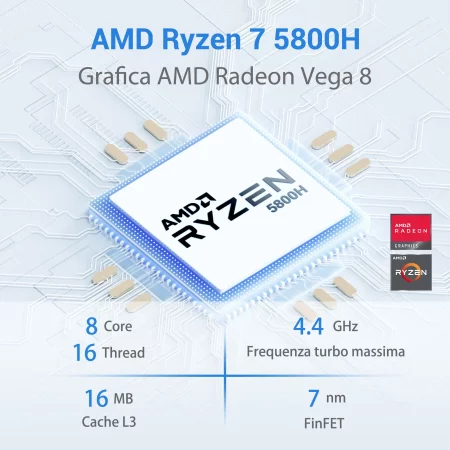In computing, the advent of DDR5 memory marks a significant step forward, paving the way for memory performance and efficiency. These cutting-edge technologies, designed specifically for compact and versatile mini PCs, are set to revolutionize the way we experience computing.
DDR5 memory represents the cornerstone of next-generation mini PCs, offering a multitude of advantages over their predecessors. With the ability to support faster data transfer speeds, larger memory capacity, and improved power efficiency, DDR5 motherboards open the door to a new level of performance for demanding applications and tasks.
The article has been meticulously crafted to provide a comprehensive exploration of DDR5 memory for mini PCs. Now let's dive into the nuances of DDR5 technology, examining its benefits, challenges, and real-world applications. Whether you're a tech enthusiast, an avid gamer, or a professional looking for cutting-edge performance, this blog will provide you with the knowledge and insights you need to make informed decisions about DDR5 memory.
The leap of DDR5 compared to DDR4
DDR5, the latest generation of dual-bitrate synchronous dynamic memory, represents a significant leap forward from previous standards DDR4 and DDR3. Offering nearly double the bandwidth of DDR4 memory, DDR5 increases theoretical transfer speeds up to 8432 MT/s, allowing for rapid data movement within the memory. This enables better performance for memory-intensive tasks, especially with the higher module densities of up to 64GB per DIMM slot available with DDR5.
Power efficiency also sees significant gains: DDR5 operates at 1.1 volts, compared to the 1.2 volts required by DDR4. On-die error correction helps improve stability and reliability by detecting and correcting single-bit memory errors. Architectural improvements such as independent 32-bit sub-channels allow DDR5 to significantly improve concurrent operation. The bank refresh feature itself reduces latency by allowing refreshes of individual memory banks rather than a refresh of the entire rank.
First announced in 2017 by industry standards body JEDEC (Joint Electron Device Engineering Council), DDR5 memory modules began shipping publicly in early 2021. OEM system manufacturers are increasingly adopting DDR5 across desktop and laptop segments, with estimates predicting it will account for more than 50% of the DRAM market by 2024. Early performance benchmarks show notable improvements in frame rates in games and real-world productivity applications through 20% over generations precedents. As the ecosystem matures and further optimizations occur, the impact of DDR5 is expected to grow significantly.
The tangible impacts of DDR5 on mini PCs
The combination of significant increases in memory bandwidth, density, efficiency and reliability makes the DDR5 a significant upgrade for mini PCs used for gaming, content creation and productivity.
With its transfer rates nearly doubling that of DDR4, the DDR5 Unlocks dramatically faster performance for memory-intensive tasks on mini PCs. In games, tangible improvements in frame rates are observed: benchmarks of the most popular titles at 1080p show average gains of over 18% on systems with DDR5, reducing latency for a smoother experience. The increased bandwidth speeds up your workflow when editing high-resolution photos, videos, and 3D modeling projects. Compiling code and running virtual machines also see notable speed increases. DDR5 allows mini PCs to handle more aggressive multitasking, allowing users to game or stream while simultaneously running other apps with less slowdown.
Higher module densities allow for more memory capacity to be loaded onto mini PCs: while 32GB was the realistic limit for many DDR4 mini setups, DDR5 allows for kits up to 64GB. This helps elaborate content creation projects along with extreme multitasking. Multiple applications can run simultaneously without having to constantly write data to slower internal storage.
Real-world tests quantify the benefits of DDR5:
DDR5's reduced power consumption benefits mini PCs given their compact form and cooling limitations. Lower energy consumption reduces heat generation. It also allows you to build smaller, quieter power supplies. Battery-powered mini portable PCs could also benefit from improved run times.
Reliability is improved with memory error correction built into the modules' on-die ECC DDR5, helping to correct memory errors. This prevents game crashes, application crashes and system instability. Critical productivity or creativity work is protected from data loss or file corruption.
In summary, DDR5 offers tangible improvements in real world performance, capacity and reliability for mini PCs aimed at gaming, content creation and multitasking workloads. The benefits are measurable and significant compared to previous DDR4-based configurations. As the ecosystem matures, platform-level optimizations for DDR5 will further compound these benefits.
Mini PCs enabled with the latest DDR5 designed for advanced users
Major mini PC manufacturers such as Intel, ASUS, MSI, Gigabyte and ZOTAC have already introduced modular, compact and ultra-compact models with support for DDR5 memory and the latest 12th/13th generation Intel and AMD Ryzen CPUs.
For example, the GEEKOM AS 6 mini PC allows you to configure up to 32GB of DDR5 RAM on two SODIMM slots. It features the latest AMD Ryzen™ 7 7735H or Ryzen™ 7 6800H processors and supports up to three storage drives, including two high-speed M.2 PCIe NVME SSDs, perfect for content creation roles.
ASUS and MSI offer customizable modular mini PCs with support for dedicated graphics cards and a powerful cooling system to enable high-performance gaming in small spaces. These can accommodate up to 128GB of gaming-optimized DDR5 memory across 4 SODIMM slots.
Even ultra-compact mini PCs like the Intel NUC 13 Extreme are no different. Equipped with 13th Generation Intel Core i9/i7/i5 processors, Intel® UHD Graphics 770 graphics, dual channel DDR5 SODIMMs, maximum 64GB – a powerful portable device for AAA gaming or graphics-intensive workloads.
Across the range, supporting hardware such as CPUs, chipsets, SSDs and WiFi adapters are modernized to avoid bottlenecks. Prices range from €700o to over €2000 depending on the configuration – higher computing, storage and memory capacities combined with discrete graphics lead to higher costs but offer corresponding performance. Physical size comes with clear trade-offs, with smaller chassis limiting future expansion.
Improved performance and speed
DDR5 memory offers significantly faster data transfer speeds than previous generations, with speeds starting at 4800 MT/s and the potential to reach 16000 MT/s and beyond. This dramatic speed increase translates to improved performance in a wide range of applications, including:
Gaming: The faster memory speeds of DDR5 can provide a noticeable performance boost in graphics-intensive games, especially at higher resolutions and more demanding visual settings.
Content Creation: For tasks like video editing, 3D rendering, and animation, DDR5's increased bandwidth can significantly reduce rendering times and improve overall workflow efficiency.
Scientific simulations: DDR5's high-speed memory is crucial for scientific simulations and modeling, where large data sets and complex calculations require rapid data access.
Overall Productivity: Even for everyday tasks like web browsing, multitasking and office applications, DDR5 can provide a perceptible improvement in overall system responsiveness and performance.
Increased memory capacity
DDR5 supports significantly higher memory capacities than previous generations, with capacities ranging from 16GB to 128GB per module and the potential for even higher capacities in the future. This increased memory capacity is essential for demanding applications that require large amounts of memory, such as:
Video editing: Video editing software often requires large amounts of memory to store and process high-resolution footage. The increased memory capacity of DDR5 allows video editors to work on larger projects and with higher quality footage without slowdowns or crashes.
3D rendering: 3D rendering applications also benefit from the increased memory capacity, as they need to store and process large 3D models and textures. DDR5 allows 3D artists to work on more complex and detailed scenes without encountering memory limitations.
Databases and virtualization: For servers and virtualized environments, the increased memory capacity of DDR5 allows you to host more virtual machines and manage larger databases without compromising performance.
Final thoughts
The launch of DDR5 memory marks a major turning point in DRAM technology, bringing measurable real-world performance improvements beyond synthetic benchmarks for mini PCs targeting gaming, content creation and productivity workloads.
With its doubled bandwidth, increased densities compared to DDR4, DDR5 allows mini PCs to handle more intensive workloads across gaming, video editing, 3D modeling and more that previously required bulkier desktops. Even extreme multitasking is handled more smoothly. Reliability also benefits from the integrated ECC.
DDR5 adoption among PC makers is accelerating rapidly: DDR5 is expected to account for more than 50% of the DRAM market by 2024. As the platform matures, optimizations at the BIOS and firmware levels, as well as mini PCs specially designed devices that take full advantage of the capabilities and bandwidth of DDR5 will become increasingly common. Ongoing revisions to the standard itself will build on the solid foundation that DDR5 already provides.
For mini PC enthusiasts, advanced users and operators building small format workstations, GEEKOM mini PC supports next-generation memory technology more significantly. It allows smaller systems to compete and tackle demanding production and creative workloads.


